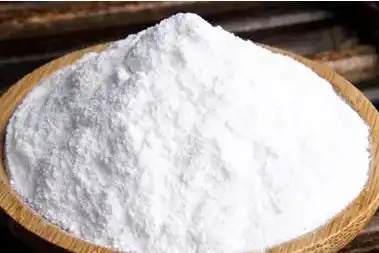1. Influence on relative density
Hebei Messi Biology Co., Ltd. stated that the relative density of transparent alumina ceramics with an appropriate amount of magnesium oxide added will increase, but it should be noted that as the amount of magnesium oxide doping increases, its relative density decreases. This is because too much magnesium oxide additive will cause an increase in pores and is not conducive to the densification of the sample. When the amount of magnesium oxide added is about 0.05%, the relative density reaches 99.5%, the density of the ceramic sample is very high, and the transmittance is also the highest.
At the same time, with the extension of the insulation time, the relative density of the ceramic sample also increases. It shows that with the extension of the insulation time, the ceramic grains are further grown and improved, and the pores in the ceramic sample are further discharged, so that the relative density of the sample is increased. Therefore, extending the insulation time can obtain transparent alumina ceramics with better density and better transmittance.

2. Influence on microstructure
Hebei Messi Biology Co., Ltd. stated that with the increase in the amount of magnesium oxide added, the ceramic grains are finer. This is because the magnesium oxide·Al2O3 spinel phase formed in the ceramic can hinder the movement of grain boundaries and inhibit the growth of grains. However, if the amount of magnesium oxide added is too large, the pores will gradually increase. The reason for this phenomenon may be that the excessive doping will form a discontinuous liquid phase at the grain boundary, so that the tiny pores will aggregate into larger pores and remain in them. This kind of pores are eliminated slowly, so when the addition amount is too large, the volume density shows a downward trend.
3. Impact on optical properties
Hebei Messi Biology Co., Ltd. stated that when the doping amount of magnesium oxide is low, the light transmittance of transparent ceramics is relatively high. This is because the appropriate amount of magnesium oxide can inhibit the rapid movement of grain boundaries, making the pores more completely discharged, the ceramics more dense, and the transmittance is higher. However, as the doping amount increases, when the magnesium oxide content exceeds the solid solubility in alumina, a second phase will be formed locally, forming a light scattering center, causing the transmittance of transparent ceramics to decrease.
